Today is the 96th anniversary of the death of Michael Collins, the Irish revolutionary who played a major part in the Irish War of Independence, which saw the establishment of what was known as the Irish Free State, and who was then killed in an ambush during the civil war between those that accepted the treaty which divided Ireland into an independent south and a north that was still part of the United Kingdom, and those who would not accept that settlement. He is still an important figure in Ireland, where whichever of the major Irish political parties you support still, basically, depends on whether your great-grandfather supported Liam Neeson or Severus Snape – sorry, Michael Collins, whose pro-treaty wing of Sinn Féin developed into Fine Gael, currently the governing party in the republic, or Éamon de Valera, whose anti-treaty wing eventually spawned Fianna Fáil, currently the largest opposition party in the Dáil, the Irish parliament.
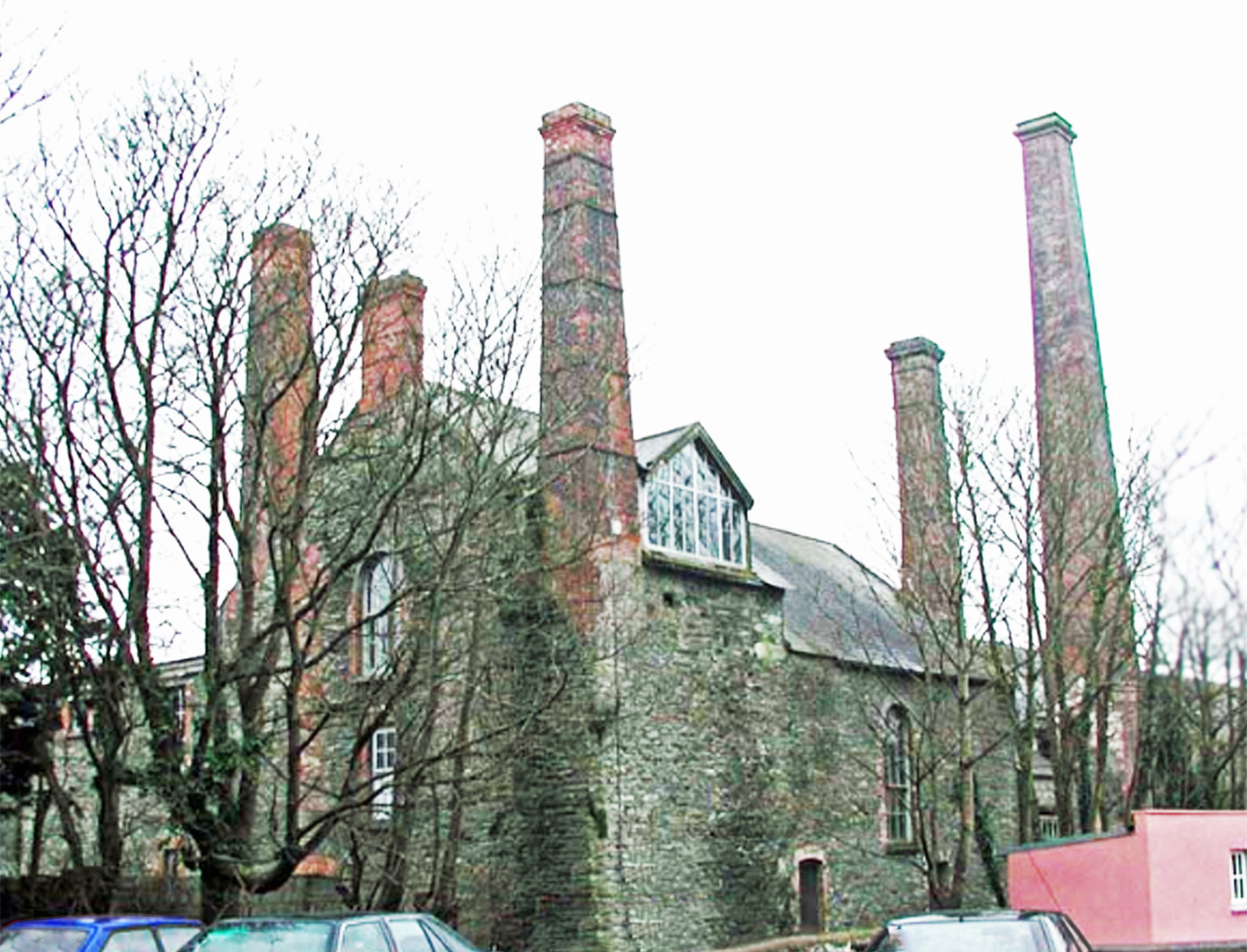
None of the very many accounts of the events that led up to Michael Collins’s death on August 22 agree on all the details, with multiple and contradictory variations in the narrative: from why, as Commander-in-Chief of the Irish National Army, he had travelled to County Cork, heartland of the anti-Treaty rebellion, with only a small number of soldiers, and what he was hoping to achieve, to the details of his last day, from the route taken by Collins and his convoy west out of Cork to the towns of Clonakilty and Skibbereen to how many vehicles – and soldiers – travelled with him, to who fired the fatal shot (or shots) – at least seven possible candidates among the ambushers – and even to the name of the place where the ambush took place: Béalnabláth, pronounced “Bale-nu-blaw”, and probably best translated from Irish as “mouth of the ravine”, is frequently, and mistakenly, given as Béal na mBláth, which would mean “mouth of the flowers”. Much of what has been written about the day is demonstrably wrong, and much is now unprovable.
Of greater interest to the beer historian, however, is another contentious question: on the day he died, did Michael Collins drink a pint of Clonakilty Wrestler, the now legendary porter brewed by Deasy’s of Clonakilty, easily the best known of several small West Cork porter brewers.
The brewery was founded some time around the start of the 19th century, and was certainly running by 1810, when it was recorded that at “Cloghnikilty” [sic] “A porter brewery, the plan of which is remarkable and convenient arrangement, and upon a scale of considerable magnitude, was built by Rickard Deasy, Esq, and Co. The business, carried on with spirit, and conducted with care and prudence, fully answers the expectations of the proprietors.”
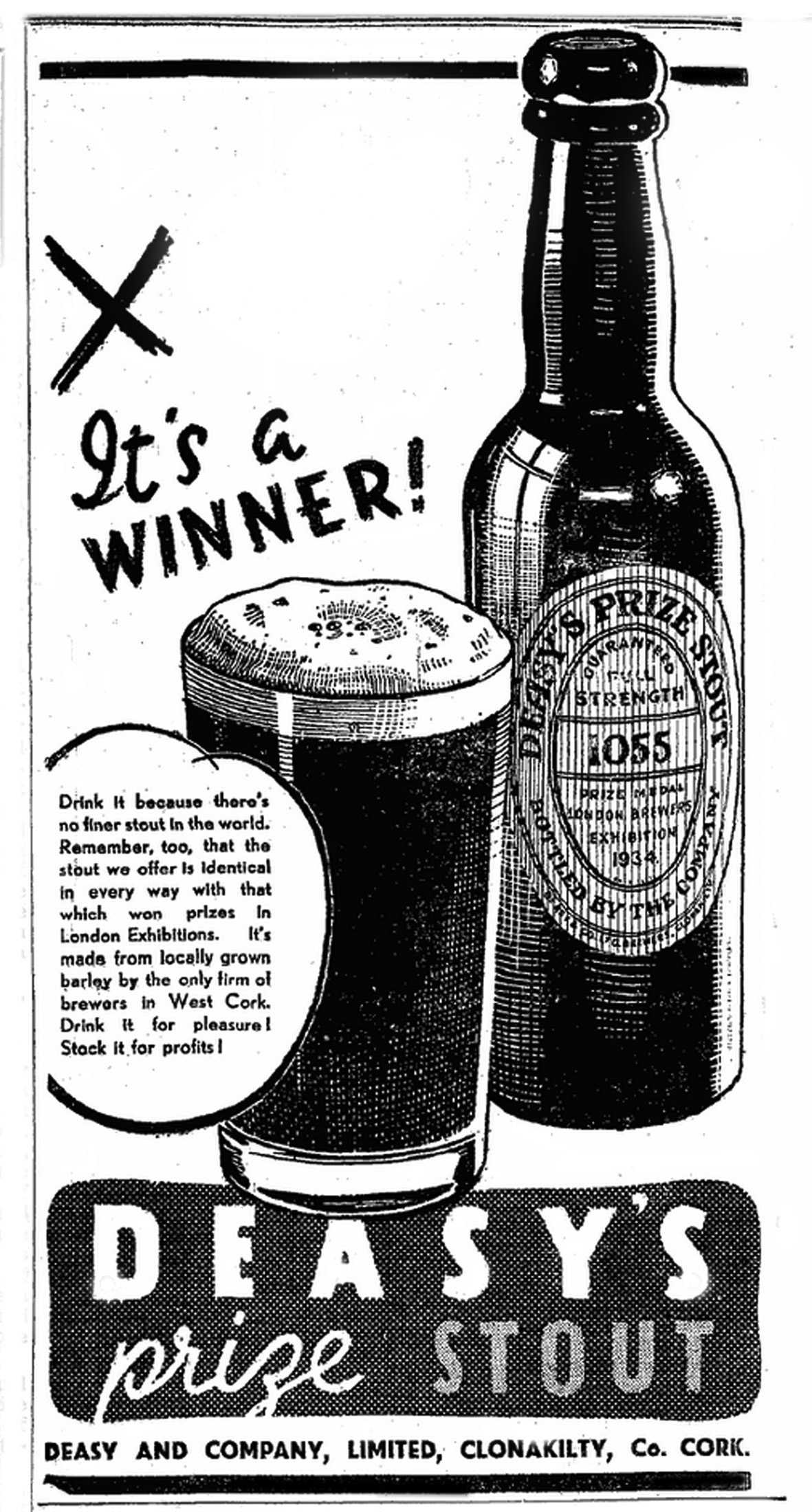
Deasy’s porter was nicknamed “The Wrestler” (or “Wrassler”, in a West Cork accent) at least as early as 1890, when the Irish journalist John Augustus O’Shea eulogised it, declaring:
‘In every district there is some show pot, some natural curiosity, some distinguished or erratic character in the community pointed out to the stranger. The great local wrestler is the big pot of Clonakilty. The fame of Milo of Crotona pales beside his, for he has no fear of the clutch of wood. A full-bodied, swarthy fellow, with a white head, he is stronger than most human beings, and seems to get stronger the oftener he is tackled. He is usually cool, fluent, and even tempered, but can be roused to a ferment at times, and when he is doesn’t he just froth? His main struggles are with that proverbially robust class brewers’ draymen, but he has taken many a fall out of the finest peasants, and hardiest seamen of Ross and Cloyne, and it is mysteriously bruited that he once laid by the heels a whole station of the RIC. He is a descendant of John Barley Corn, and is addicted to hops. Far be it from me to act as an intermediary in a prize fight, but not to spoil sport I may say he has a standing challenge with one Guinness of Dublin. Like most men of his call he has his price. His price is two pence a pint.”
O’Shea appears to have been wrong about the price: Deasy’s porter was popular at last in part because of its cheapness compared to rivals. A commentator in 1892 said that “the western man”, “though on pleasure bent, was of a frugal mind, and preferred to pay three half-pence rather than two pence for a pint of porter.”
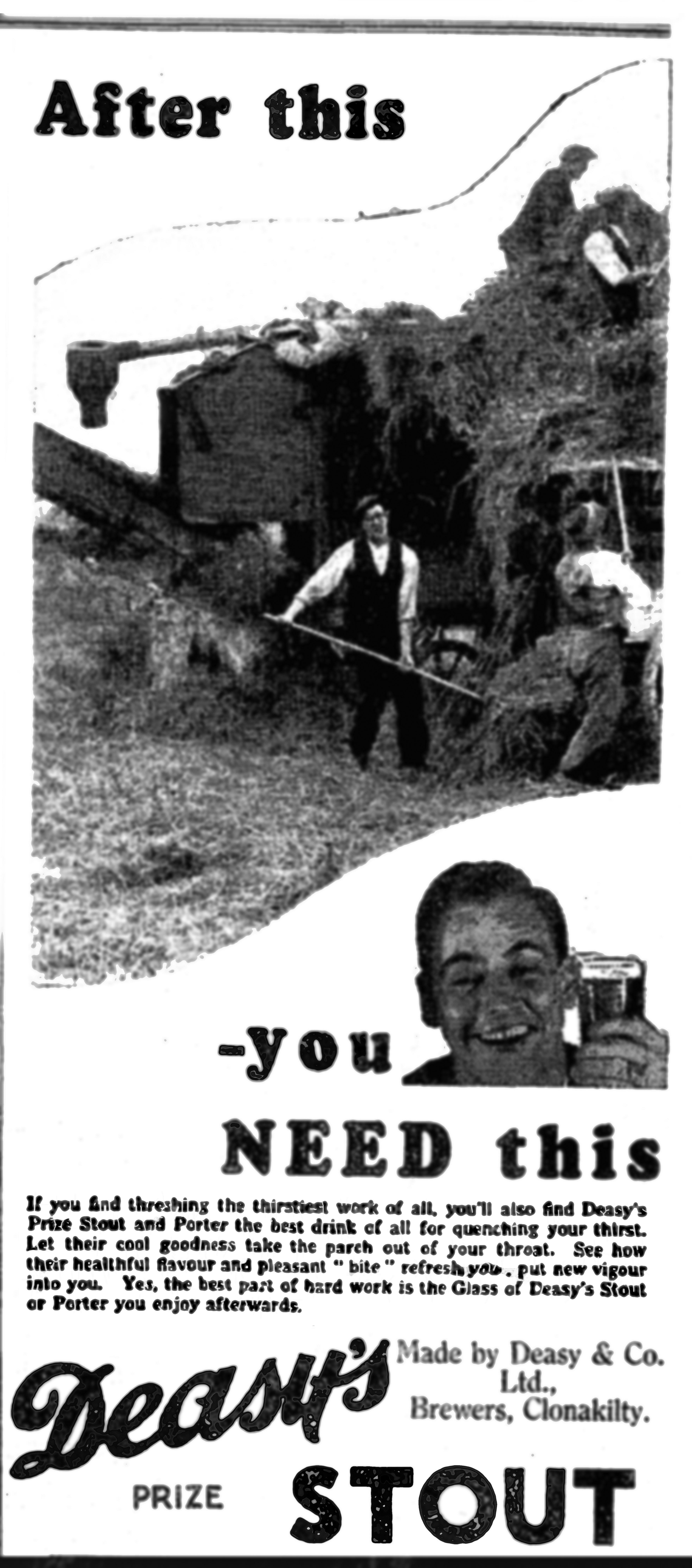
Michael Collins was born in 1890 at Woodfield, the family farm, some four miles west of Clonakilty. Between 1903 and 1905 he lived with his sister Margaret and her husband, Patrick O’Driscoll in a house in Shannon Square, just a few yards from Deasy’s brewery, (today Emmet Square). The claim has been made by several writers that Collins’s favourite drink was “Clonakilty Wrestler”, and one Irish craft brewery produces today a stout called “Wrasslers XXXX” with a picture of Collins in his general’s uniform on the pumpclip (based on the iconic photograph taken at the funeral of Arthur Griffith, founder of Sinn Féin, six days before Collins himself was killed). One source says that Collins actually “loathed the sight of porter”. However, he certainly did drink Deasy’s most famous beer on occasions. When he came home to Cork from Frongoch prison camp in North Wales in December 1916, after the British government released the surviving prisoners taken at the end of the Easter Rising, “the Big Fellow” spent three weeks, in his own words, “drinking Clonakilty wrastler [sic] on a Frongoch stomach,” before returning to Dublin. But Collins’s preferred drink actually appears to have been whiskey: “‘a ball of malt’ was his usual,” according to one biographer, and another named Jameson’s as his favourite.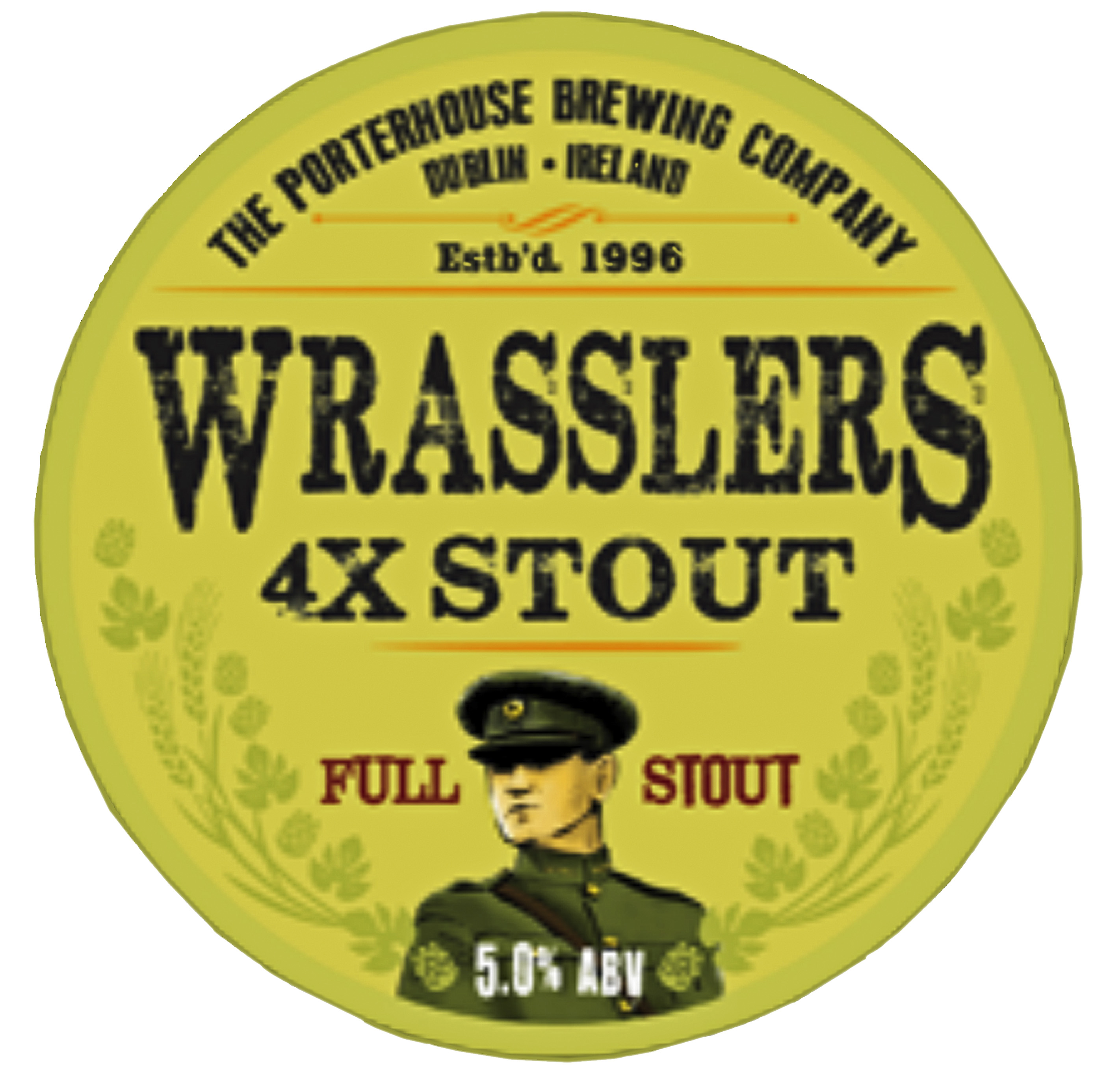
Collins apparently went to West Cork in August 1922 in the hope of meeting republican leaders and persuading them to end the civil war, as well as to inspect the pro-treaty forces on the ground and boost the morale of the commanders and soldiers now fighting men who, in many cases, had been their friends and colleagues against the British only months earlier. After his arrival in Cork, he left on August 22 to travel west in a convoy that included Collins himself, being driven in a Leyland 8 four-seater tourer, a Crossley troop carrier and a Rolls-Royce armoured car. The route taken was a circuitous one, to avoid bridges blown up by annti-treaty forces. On its way out from Cork to Clonakilty, Collins’s convoy had passed Long’s pub in Béalnabláth village alerting a group of anti-treaty ‘Irregulars’ holding a conference nearby to his presence in the area, and they decided to lay an ambush on the assumption that the convoy was likely to return the same way later on.
It is certain, since Emmet Dalton, who was with Collins on his final journey, recorded it in the account of that day he wrote just three months later, “The death of Micheal O’Coileain”, that Collins’s party lunched in Clonakilty, and shortly after leaving, that is, between two and three in the afternoon, they arrived at the hamlet of Sam’s Cross, about two thirds of a mile from where Collins was born, (though even here one writer insists, against all the evidence, that the convoy arrived at Sam’s Cross early in the evening, departing at 6.15pm. There Collins met and spoke with his brother John/Séan and other family members, including his cousin Michael O’Brien, who had a house at Sam’s Cross. According to O’Brien’s son Jimmy, Collins and some officers in the convoy had a cup of tea while sitting in the O’Brien’s kitchen, waiting for John Collins to arrive, after which the two brothers went into the parlour and talked by themselves for 20 minutes. Michael Collins then got into his car, and the little convey left, after a warning from John Collins: ‘You’d better put up that hood –you could be shot before night!”
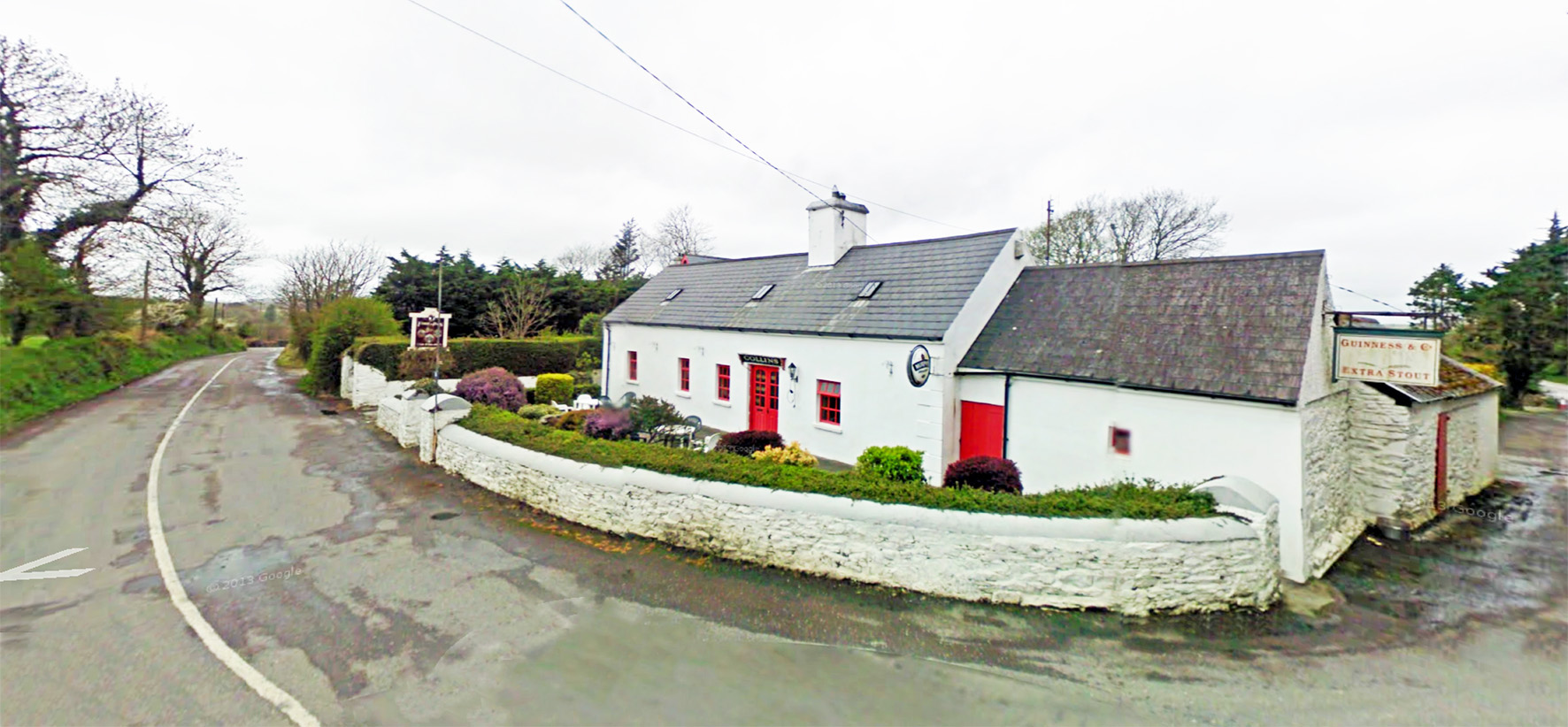
Dalton’s report from November 1922 does not mention any beer drinking (though he is alleged to have told an RTE film crew recording a programme about his life, decades later, that “We were all arseholes!”, that is, drunk) and neither did Jimmy O’Brien. But at least five other accounts say that during the stop at Sam’s Cross, Collins and his escort, which included 12 soldiers in the Crossley tender, a motorcycle outrider, and the armoured car with a crew of four – 20 men in total – went into the pub across from the O’Briens’ house, now, if not then, called the Four Alls. (The pub was run by a man called Jeremiah Collins, whom several authors mistakenly identify as “a cousin” or “a kinsman”. Someone who was a kinsman, Brother Jerome Collins of the Hospitaller Order of St John of God, whose father shared a grandfather with the Big Fellow, emphatically denied that the pub landlord was a relative – “He just wished he was.”) In the pub, several authors assert, Michael Collins treated his escort to “a pint”, or “two pints” of the Clonakilty Wrestler, and, according to at least two writers, he had a pint of the Wrestler himself.
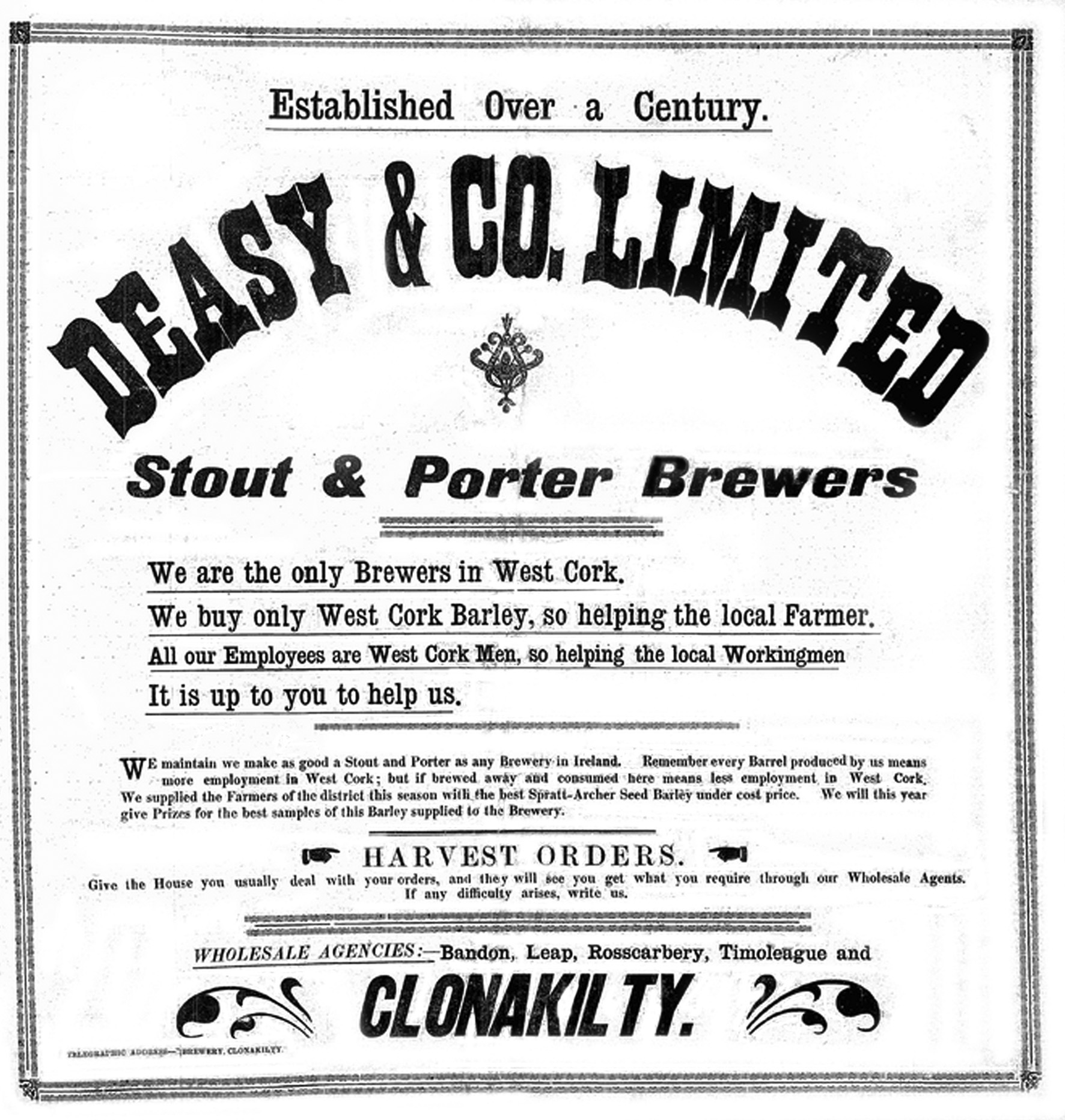
Another investigator, John Feehan, reported that rather than pints at Sam’s Cross, “the convoy had drinks in White’s pub,” White’s being at the Pike Cross, a mile away to the south at Lisavaird, on the main road between Clonakilty and Rosscarbery. Drinks would have probably been welcome for men driving around dusty Irish roads in August in open-top vehicles. But this was an armed venture into potentially hostile territory. Certainly the idea of serving 20 men, plus, supposedly, relatives of Michael Collins also gathered at the Sam’s Cross pub, with two pints each in the sort of time allowable in the convoy’s journey around West Cork seems unlikely. It was in Skibbereen by “mid-afternoon”, having gone by Rosscarbery, where Collins had talked to the commander of the garrison there and visited the mother of an old friend who had just died. In Skibbereen there was time for more talk with the officers of the local garrison “for a considerable length of time”, a meeting in the Eldon Hotel with the editor of the local Eagle newspaper and a local schoolmaster, a quick talk with Cameron Somerville, brother of Edith, co-author of the Irish RM novels, who was a member of the local Protestant aristocracy, and a speech to the people of the town, including 150 horsemen who had ridden in to see him.
By then it was “around 5pm”, and the decision was made not to continue to Bantry, as originally planned, but to return to Cork. All that activity suggests Collins arrived in Skibbereen no later than 4pm. The total distance from Sam’s Cross to Skibbereen is 16 miles: say a journey of 40 minutes under early 1920s conditions, plus 40 minutes spent in Rosscarbery, as a minimum. Collins spent at least 30 minutes in Sam’s Cross taking tea with his mother’s nephew, and waiting for and then talking to his brother. If he arrived in Sam’s Cross as early as 2pm – and it may well have been later – that only leaves a few minutes unaccounted for. It is possible the rest of the convoy had time for a pint of porter in Sam’s Cross while the family reunion in the O’Briens’ house was happening: Michael Collins, not so much.
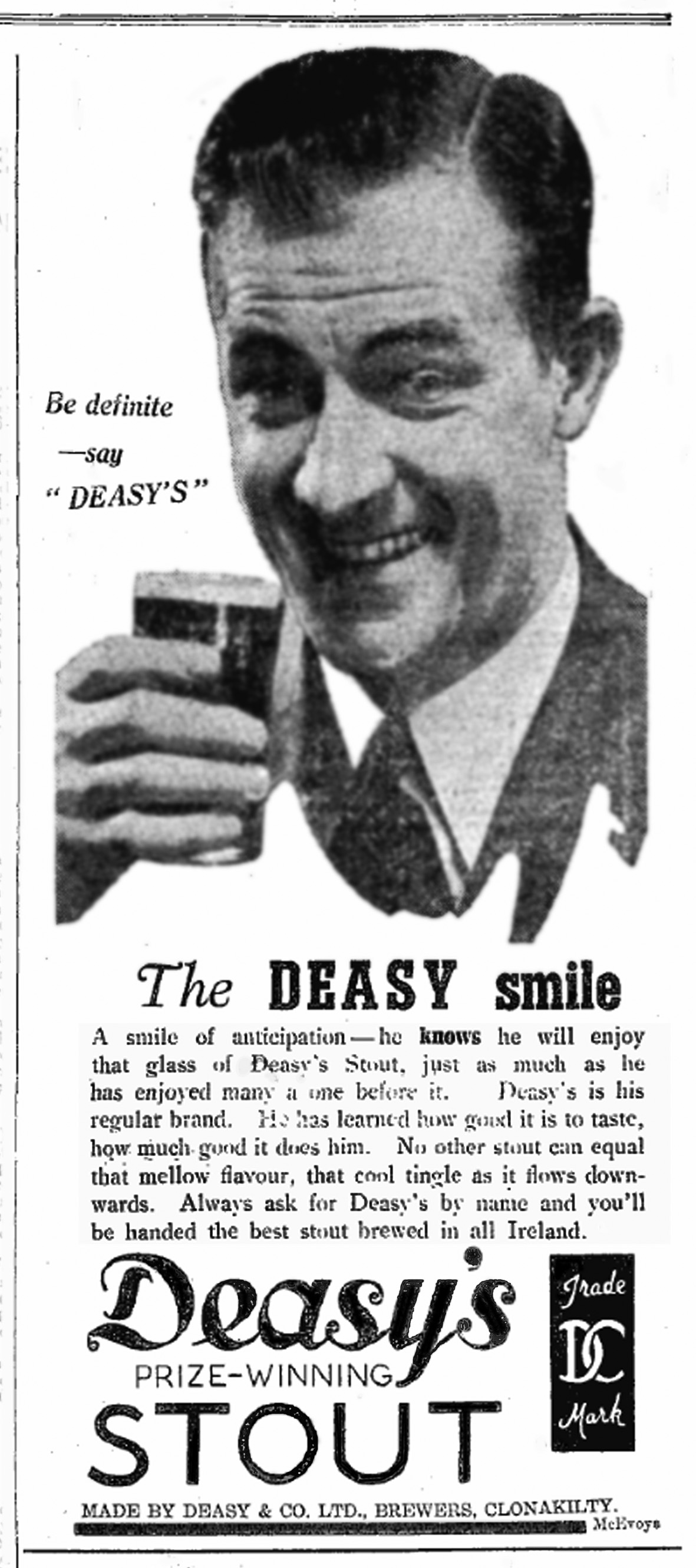
Another brewery also played a bit-part in Collins’s last day. Back at Béalnabláth village it was a Tuesday, the day a one-horse brewery dray came over from Beamish & Crawford’s depot seven miles away in Bandon, formerly (until 1913) Allman Dowden & Co’s Bandon brewery, founded 1785, to take away the empties from Long’s. The Irregulars commandeered the dray to use as a barrier, and took it a little up the road out of the village to a likely spot for an ambush, removing the wheels and standing them in front against the dray. Around 7 or 8pm in the evening, the convoy did indeed come back down the road. In the gunfight that followed, Michael Collins, just 31 years old, was the only person killed.

It would be great to have footnotes for all this. I know of one biography which states it was a Deasy’s dray in the ambush barricade, but then I can see why a writer would just assume that.
This is an extract from the great porter book, currently still a work in progress, but which is referenced to hell: I thought of putting in all the references here, but then decided ‘Feck yez, if you want the references you’re going to have to buy the book and pay for them.’ However, I can tell you that most of the details come from Patrick Twohig’s The Dark Secret of Béalnabláth, which is easily the best book on the death of Michael Collins, since it takes all the other books on the subject and rigorously critiques them, finding most in some way faulty, and Twohig seems to have spoken to most or all of the surviving witnesses tothe day’s events. It is Twohig who identifies where the dray used in the ambush came from. He’s not perfect, though: he makes The Wrestler an official name for the beer and claims that Deasy’s used an image of a wrestler in its advertising, which appears to be a confusion with either Murphy’s use of the image of the strongman Eugen Sandow or Beamish & Crawford’s use in adverts of the West Cork wrestler Danno O’Mahony, or both.
If only history class in school was as interesting.
[…] Did Michael Collins drink a pint of Clonakilty Wrestler the day he died? – But at least five other accounts say that during the stop at Sam’s Cross, Collins. […]